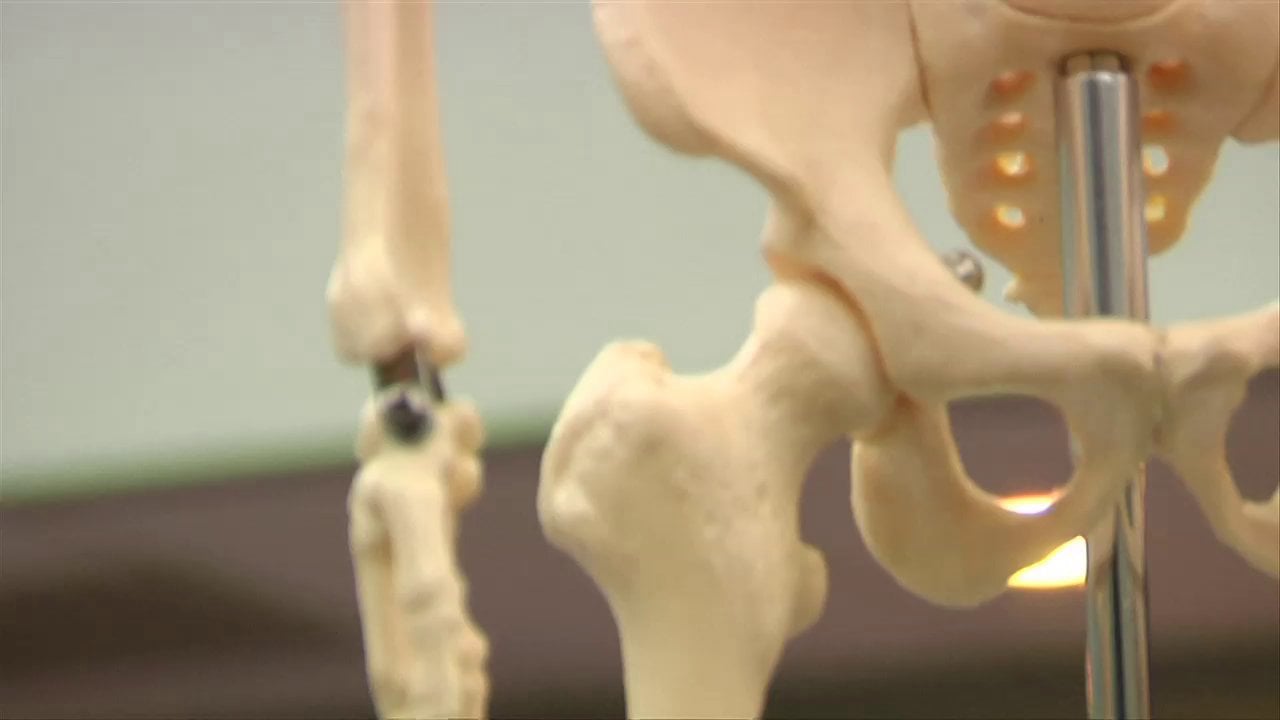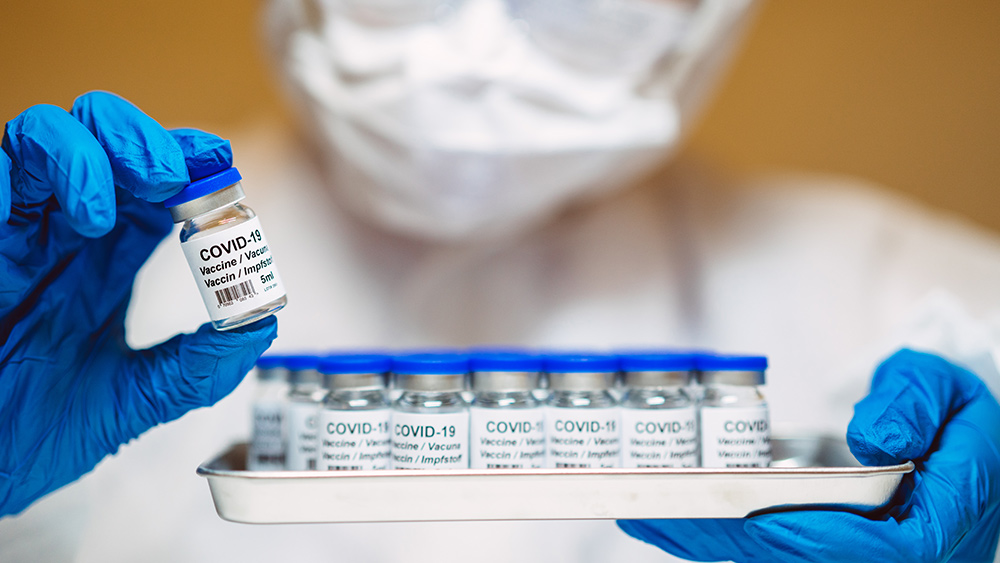 Parler
Parler Gab
Gab
- Studies confirm arnica reduces pain and swelling, while comfrey accelerates bone repair in fractures.
- Herbal oil blends and dietary nutrients like vitamin D and magnesium are critical for recovery.
- A 2024 trial found comfrey reduced knee osteoarthritis pain by 51.6mm on average compared to placebo.
- Herbal remedies, though effective, require caution due to allergy risks and proper medical alignment guidance.
- Holistic methods are increasingly recognized as complementary to traditional bone fracture care.
Herbal traditions meet modern science: Efficacy and evidence
Traditional plants, called “golden herbs” for trauma care, are gaining scientific validation. Arnica (Arnica montana), a globally known herb, has been championed for its anti-inflammatory properties. A 2024 systematic review in the journal Plants found multiple clinical trials demonstrating arnica’s success in reducing post-surgical swelling and bruising by up to 50%. Comfrey (Symphytum officinale), traditionally used to treat fractures, saw its benefits quantified in a double-blind trial of 220 patients with knee osteoarthritis. Published in 2023, the study revealed a 51.6mm average reduction in pain (on a 100mm scale) within three weeks—four times greater than the placebo group. Such results revive comfrey’s reputation as a bone-healing aid, supporting historical use in Chinese medicine and German herbalism. St. John’s wort and yarrow further augment recovery. The former, when applied topically, relieves tenderness, while yarrow tea acts as a natural anti-inflammatory substitute for NSAIDs. “These herbs don’t just reduce pain—they heal,” said Kuo, emphasizing their role in restoring mobility and sleep patterns.Recipes and practices: Integrating herbs into recovery
Beyond anecdote, practitioners like Kuo offer actionable guidance. After seeking professional medical alignment of fractures, patients can apply arnica-infused creams or comfrey poultices. For persistent pain, a herbal oil blend combines arnica, St. John’s wort and essential oils like chamomile and frankincense. This mixture, massaged freely onto injured areas post-bath, aims to reduce inflammation while promoting circulation. Dietary adjustments are equally vital. Kuo’s own regimen prioritized high-protein foods (fish, eggs and yogurt) to repair body tissues, paired with vitamin D-fortified meals to boost calcium absorption. She avoided foods high in phosphorus, which can interfere with bone hardening, and limited inflammatory ingredients like refined sugars.Caution and the need for balance: Risks and cautions
While natural remedies offer promise, experts stress vigilance. Kuo recounts a patient who developed severe blisters after applying crushed Plectranthus amboinicus (Cuban oregano) to a fracture site—a risk underlining the importance of allergy testing and proper application. “Herbs aren’t one-size-fits-all,” she warned. Even established remedies like comfrey carry caveats. The herb’s pyrrolizidine alkaloids may harm liver function if ingested in large quantities, prompting Kuo to advise topical use only. Medical consultation remains essential to ensure proper bone alignment, as misaligned fractures risk long-term pain.The renaissance of holistic care
As studies verify ancient healing practices, herbal remedies are emerging as viable complements to modern medicine. For Kuo, the blend of tradition and science offers patients relief without overreliance on pharmaceuticals—a vision resonating with health trends prioritizing natural solutions. “These herbs,” she said, “are nature’s first responders.” With further research, they may yet redefine post-fracture care, proving that holistic methods deserve as much credibility as conventional treatments. Sources for this article include: TheEpochTimes.com PubMed.com ScienceDirect.com NeelamHospital.comTwo specific GUT BACTERIUM identified as precursors for MULTIPLE SCLEROSIS
By Lance D Johnson // Share
Fuel your fast-paced life: Whip up smoothies anywhere in seconds with a portable blender
By HRS Editors // Share
Asparagus: The nutritional superstar you need in your diet
By Laura Harris // Share
Governments continue to obscure COVID-19 vaccine data amid rising concerns over excess deaths
By patricklewis // Share
Tech giant Microsoft backs EXTINCTION with its support of carbon capture programs
By ramontomeydw // Share
Germany to resume arms exports to Israel despite repeated ceasefire violations
By isabelle // Share










